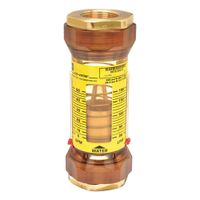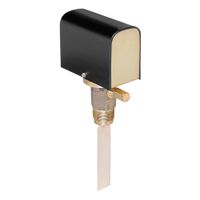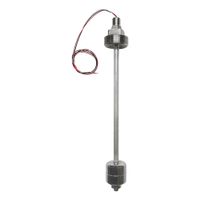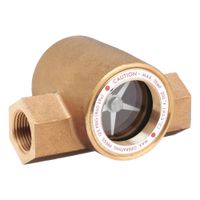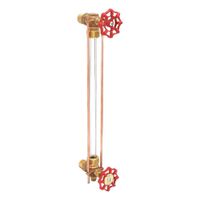Non-contact level sensors offer several advantages over contact-based sensors, making them ideal for various applications:
1. **Hygienic and Safe**: Non-contact sensors do not come into direct contact with the substance being measured, making them suitable for use in industries where hygiene is critical, such as food and pharmaceuticals. This reduces the risk of contamination and ensures compliance with health standards.
2. **Versatility**: These sensors can measure the level of a wide range of materials, including liquids, solids, and slurries, without being affected by the material's properties like viscosity, density, or corrosiveness.
3. **Low Maintenance**: Since there is no direct contact with the material, non-contact sensors are less prone to wear and tear, reducing maintenance needs and extending the sensor's lifespan.
4. **Accuracy and Reliability**: Non-contact sensors provide accurate and reliable measurements even in challenging conditions, such as high temperatures, pressures, or in the presence of dust and vapors.
5. **Installation Flexibility**: They can be installed in various configurations and locations, including outside of tanks or containers, without the need for complex mounting arrangements.
6. **Reduced Downtime**: The lack of physical contact minimizes the risk of sensor damage or failure, leading to less downtime and increased operational efficiency.
7. **Environmental Resistance**: Many non-contact sensors are designed to withstand harsh environmental conditions, including extreme temperatures, humidity, and corrosive atmospheres.
8. **Cost-Effective**: Although the initial cost may be higher, the reduced maintenance and longer lifespan can lead to cost savings over time.
9. **Non-Intrusive**: They do not interfere with the process or the material being measured, preserving the integrity of the process and the product.
These advantages make non-contact level sensors a preferred choice in many industrial applications, offering a combination of performance, reliability, and cost-effectiveness.
